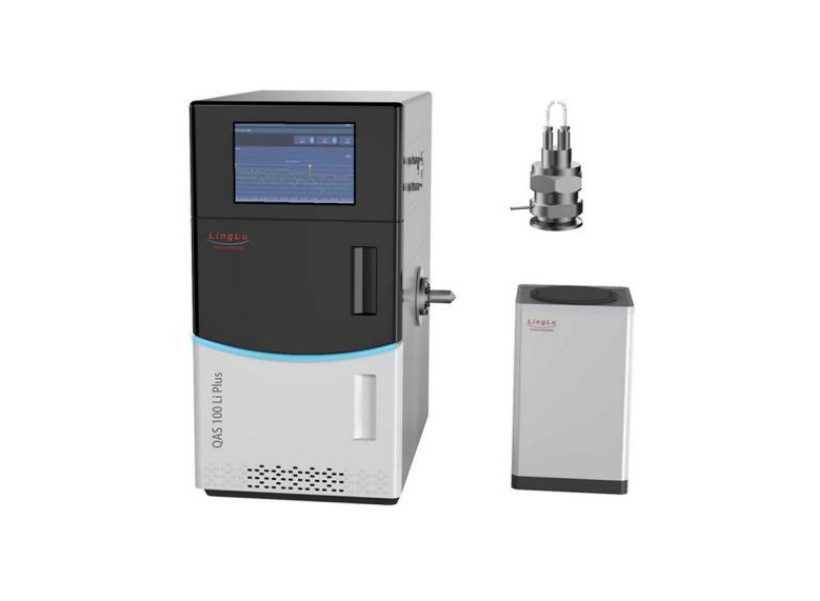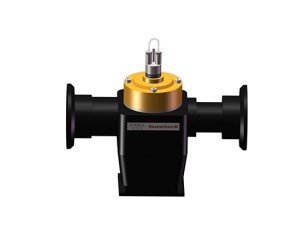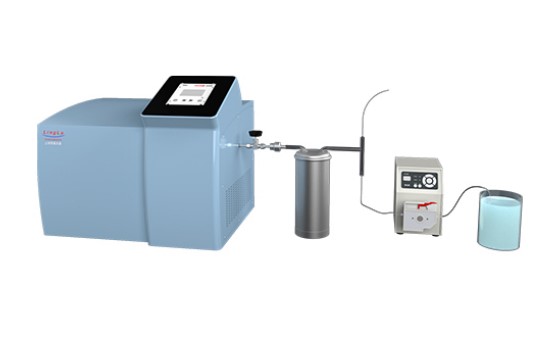
Membrane Inlet Mass Spectrometry (MIMS)
Membrane Inlet Mass Spectrometry (MIMS) is a dissolved gas mass spectrometry technique used for the analysis of gases in solution. It is particularly suitable for measuring the concentrations of N2, O2, and Ar in environmental water samples, as well as stable isotope detection. MIMS can also be applied to measure gases like CO2, CH4, DMS, and other low-molecular-weight dissolved gases. Experimental results show that MIMS maintains excellent signal stability even during long continuous measurements (up to 10 hours).
Research has shown that combining MIMS with N-IPT (Nanomolar Ion Pairing Technique) can avoid analysis errors that may arise from complex degassing procedures. MIMS offers advantages such as direct measurements, minimal sample requirements, and fast analysis speed, making it suitable for simultaneous measurements in flooded environments, denitrification, and anaerobic ammonia oxidation processes.
Components of MIMS mainly include a peristaltic pump, a temperature-controlled water bath, a liquid nitrogen trap, a quadrupole mass spectrometer, a signal collector, and a computer system.
The operating principle of MIMS involves the following steps: The sample water is introduced into the temperature-controlled water bath by the peristaltic pump. After reaching thermal equilibrium, the water sample enters the vacuum system and comes into contact with a semi-permeable membrane. Some of the gases in the water sample pass through the semi-permeable membrane and enter the quadrupole mass spectrometer. The gases are first ionized by an ionization device and then different masses of ions are separated by an oscillating electric field before entering the detector. The peristaltic pump ensures a uniform and consistent flow of the water sample into the sampling system, the temperature-controlled water bath rapidly adjusts the temperature of the stored water sample to the actual sampling temperature, and the liquid nitrogen trap removes water vapor, CO2, CH4, and other low-molecular-weight organic compounds to prevent interference with the measurement of the target gas.

The main features of the Membrane Inlet Mass Spectrometry (MIMS) are as follows:
1. No pre-treatment of water samples is required.
2. Minimal sample requirement (< 10 mL).
3. Short sample testing time (< 3 minutes).
4. Low sample testing cost.
5. Capable of detecting virtually any volatile organic pollutants.
6. Allows continuous, on-site monitoring with automated instrument operation control and data processing.
7. Instrument can be calibrated at any time.
8. Low maintenance cost as it only requires periodic replacement of the semi-permeable membrane and mass spectrometer filaments.
Key technical parameters:
- Mass range: 1-100 amu.
- Detection limit: 3x10^-15 mbar.
- Minimum scan step: 0.01 amu.
- Scan speed: 500 amu/s.
- Response time: 100 ms.
- Detector: Faraday/Electron multiplier detector.
- Soft ionization technique.
- Automated software for data acquisition, display, and processing.
Applications:
- Detection of dissolved gases (N2, O2, CO2) in marine, lake, river, groundwater, and other water bodies.
- Rate studies for denitrification, anaerobic ammonia oxidation, DNRA, etc.
- Microbial/enzyme activity research.
- Environmental monitoring.
- Fermentation process analysis.
- Study of algal photosynthesis.

The instrument consists of the following components:
1. Membrane Inlet System: A peristaltic pump extracts liquid samples and passes them through a semi-permeable membrane. Gases are allowed to pass through the membrane into the high vacuum system due to the pressure difference.
2. Vacuum System: This includes a turbomolecular pump, a backing pump, a full-scale vacuum gauge, Swagelok valves, and other related components.
3. Sample Cooling System: Water-soluble gases from the sample enter the vacuum system through the semi-permeable membrane. Before entering the mass spectrometer chamber, they are cooled and any interference, such as water vapor, is removed using dry ice or liquid nitrogen traps. This helps reduce baseline background and improve sensitivity.
4. Ion Source: An electron impact ionization source with a dual iridium filament design, equipped with overvoltage protection and allowing users to replace the filaments.
5. Mass Analyzer: A quadrupole mass analyzer.
6. Detectors: A Faraday cup detector and an electron multiplier detector for dual detection.
7. Data Acquisition and Processing Software: The software is user-friendly and intuitive, allowing easy operation. The mass spectrometry data can be connected to external data for analysis and interpretation.
Application cases:
1. Denitrification
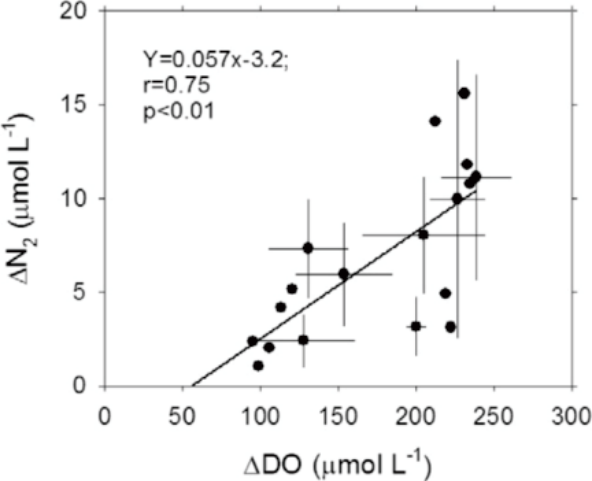
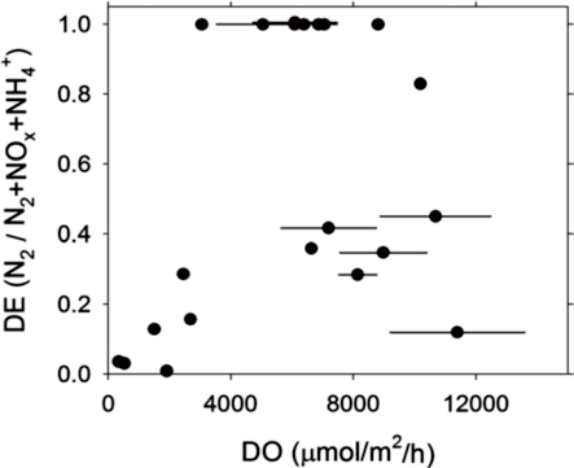
Geochimicaet Cosmochimica Acta 96 (2012) 247–258
2. Diatom Photosynthesis
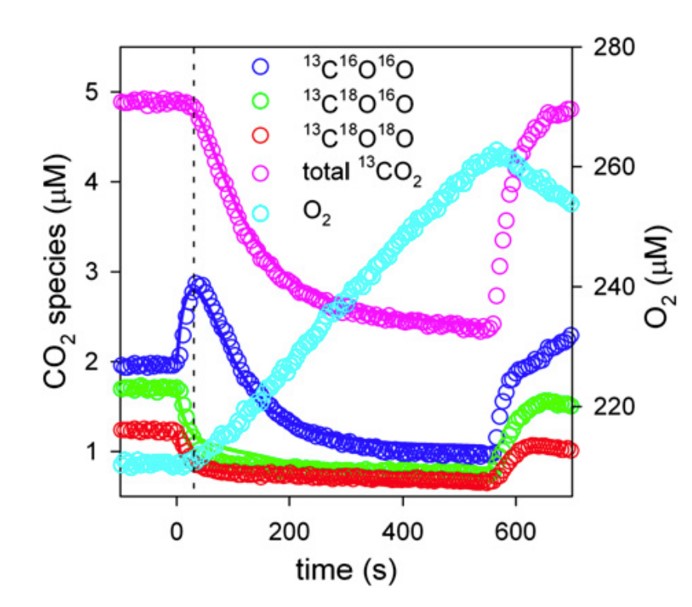
PNAS vol. 108 no. 10. 3830–3837



